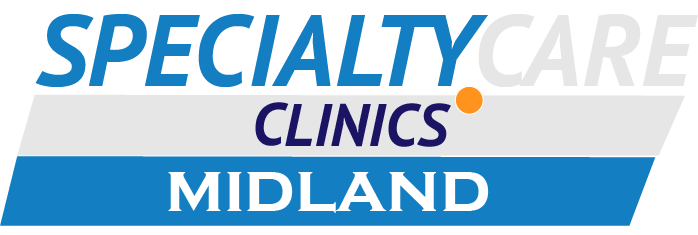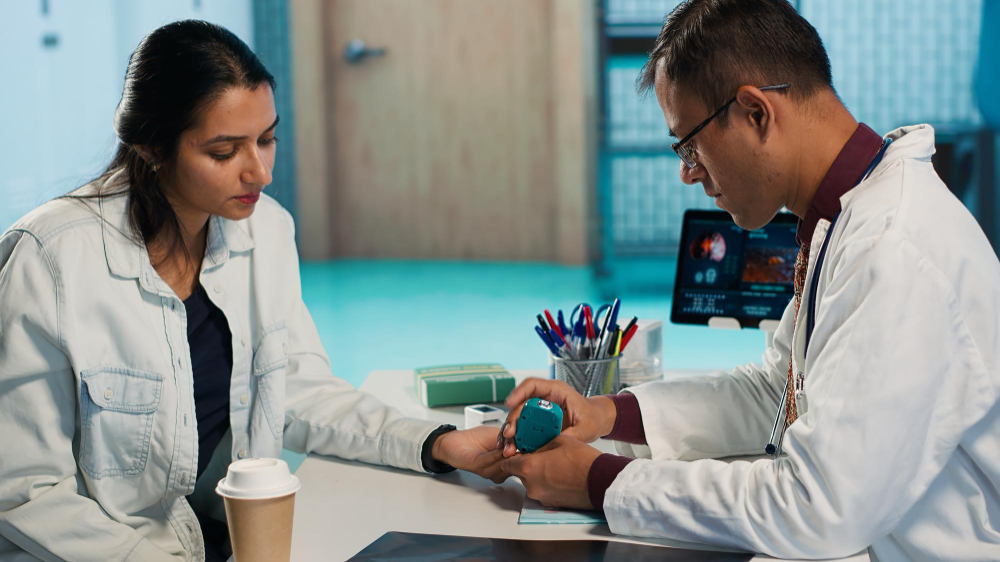We’ve all experienced them: that sudden twinge during a workout, a lingering ache after heavy lifting, or stiffness after an awkward movement. These are often signs of a strain, a common injury to our muscles or tendons. While many mild strains can resolve with basic care, distinguishing a minor pull from a more significant tear can be challenging without the right tools. This is where comprehensive diagnostic services become essential, offering the clarity needed to understand the injury and ensure a targeted, effective recovery.
Understanding Strains: When Muscles and Tendons Overstretch
A strain occurs when a muscle or a tendon (the strong, fibrous cord that connects muscle to bone) is stretched or torn. This can happen due to:
- Overuse: Repetitive motions that fatigue the muscle.
- Sudden Movements: Sprinting, jumping, or lifting heavy objects incorrectly.
- Improper Warm-up: Muscles not prepared for activity.
- Fatigue or Weakness: Leading to poor mechanics.
Common areas for strains include the hamstrings, quadriceps, calves, lower back, neck, and rotator cuff in the shoulder.
Grades of Strains: Not All Tears Are Equal
Strains are typically classified into three grades based on severity:
- Grade I (Mild): A minor stretch or microscopic tears in the muscle or tendon fibers. Pain is usually mild, and there’s minimal loss of strength or movement.
- Grade II (Moderate): A partial tear of the muscle or tendon fibers. This involves more significant pain, swelling, and bruising, along with noticeable loss of strength and limited movement.
- Grade III (Severe): A complete rupture or tear of the muscle or tendon. This causes severe pain, significant swelling, bruising, and a substantial (or complete) inability to use the affected limb or muscle.
Initial Management for Strains: The R.I.C.E. Protocol
For many mild to moderate strains, the initial management often follows the R.I.C.E. protocol:
- Rest: Avoid activities that aggravate the injury.
- Ice: Apply ice packs to reduce swelling and pain.
- Compression: Use a bandage to help reduce swelling.
- Elevation: Keep the injured area elevated above the heart.
Over-the-counter pain relievers and gentle movements or stretches (once the initial pain subsides) can also aid recovery.
When Diagnostic Services Become Essential for Strains
While R.I.C.E. is a good starting point, diagnostic services become crucial when:
- The pain is severe, persistent, or worsening despite home care.
- There’s significant bruising, swelling, or a visible deformity.
- You experience substantial weakness or inability to move the affected body part.
- There’s a need to rule out other, more serious injuries like a bone fracture or ligament tear (sprain).
- The exact grade and extent of the tear need to be determined to guide appropriate rehabilitation and predict recovery time.
Key Diagnostic Tools for Strains
For a precise diagnosis of muscle and tendon strains, healthcare providers rely on advanced imaging:
1. Physical Examination: Always the first step. Your doctor will assess your symptoms, pain points, range of motion, and strength.
2. Ultrasound:
- Strengths: Excellent for real-time visualization of muscles and tendons. It can clearly show tears, fluid collections, and muscle fiber disruption. It’s non-invasive, relatively quick, and allows for dynamic assessment (e.g., seeing the muscle move).
3. MRI (Magnetic Resonance Imaging):
- Strengths: Often considered the gold standard for soft tissue injuries. MRI provides highly detailed images of muscles, tendons, ligaments, and surrounding structures. It accurately shows the extent of a tear (partial vs. complete), associated inflammation, swelling, and any involvement of surrounding tissues.
4. X-rays:
- Role: Primarily used to rule out bone fractures or dislocations that might present with similar symptoms. X-rays do not directly show muscle or tendon injuries.
Accurate Diagnosis Leads to Effective Recovery
Knowing the precise location, type, and grade of a strain allows your healthcare provider to develop a tailored rehabilitation plan. This prevents over-stressing healing tissues, avoids under-treating a more severe injury, speeds up recovery, and significantly reduces the risk of chronic pain or re-injury. Whether through targeted physical therapy or, in rare severe cases, surgical repair for a complete rupture, accurate diagnosis is the first step toward optimal healing.
FAQs
1. What exactly is a “strain” and how is it different from a “sprain”?
A strain is an injury to a muscle or a tendon (the fibrous tissue connecting muscle to bone), caused by overstretching or tearing. It often results from overuse, fatigue, or sudden, forceful movements. In contrast, a sprain is an injury to a ligament (the fibrous tissue connecting bones to each other, typically at a joint), caused by overstretching or tearing. While both can cause similar symptoms like pain, swelling, and bruising, they involve different types of soft tissues.
2. When should I consider getting a diagnostic imaging test for a muscle or tendon strain?
You should consider getting a diagnostic imaging test for a muscle or tendon strain if your pain is severe, persistent, or worsening despite initial home care (like RICE). Other reasons include significant bruising or swelling, noticeable weakness or inability to move the affected body part, or if your doctor needs to rule out a more serious injury like a bone fracture or a complete tendon rupture. Imaging helps determine the exact grade and extent of the tear.
3. What types of diagnostic services are most effective for identifying muscle and tendon strains?
The most effective diagnostic services for identifying muscle and tendon strains are Ultrasound and MRI (Magnetic Resonance Imaging). Ultrasound is excellent for real-time visualization of soft tissues, clearly showing tears, fluid, and muscle fiber disruption. MRI is considered the gold standard for soft tissue injuries, providing highly detailed images of muscles, tendons, and surrounding structures, accurately depicting the extent of the tear and any associated inflammation. X-rays are primarily used to rule out bone fractures, not to diagnose strains directly.
4. What are the different grades of strains, and why does the grade matter for diagnosis and treatment?
Strains are classified into three grades based on severity. Grade I (mild) involves microscopic tears, causing mild pain. Grade II (moderate) is a partial tear with more pain, swelling, and some loss of strength. Grade III (severe) is a complete rupture of the muscle or tendon, leading to severe pain, significant bruising, and inability to use the affected limb. The grade matters because it directly dictates the treatment plan (e.g., conservative vs. potentially surgical, length of immobilization) and the expected recovery time. Accurate grading helps prevent under-treating a severe injury or over-treating a minor one.
5. What is the typical recovery process after a diagnosed muscle or tendon strain?
The typical recovery process after a diagnosed muscle or tendon strain involves an initial period of rest and protection (using RICE protocol, sometimes immobilization). This is followed by a crucial phase of physical therapy, which focuses on regaining range of motion, strengthening the injured muscle/tendon, improving flexibility, and restoring function. The duration of recovery varies significantly with the grade of the strain, from a few weeks for mild strains to several months for severe or complete tears, with full adherence to the rehabilitation plan being key for optimal healing and preventing re-injury.
When a persistent ache signals a potential muscle or tendon injury, accurate diagnosis of a strain is paramount for effective recovery and preventing long-term discomfort. Advanced diagnostic services provide the essential clarity, offering a precise view into your body’s soft tissues to ensure an accurate diagnosis and the most appropriate treatment plan. If you’re experiencing ongoing pain or suspect a significant strain, don’t leave your recovery to chance. Schedule an appointment for expert evaluation and reliable diagnostic imaging today, and visit our website at https://sccmidland.com/ to ensure your path to healing begins with precision.


